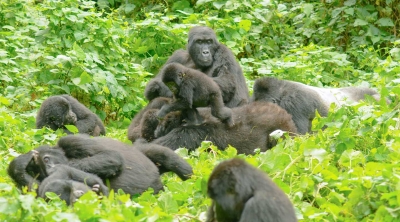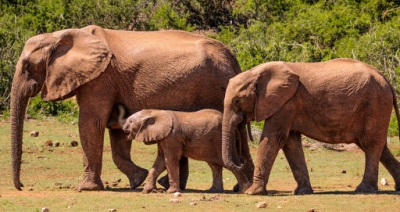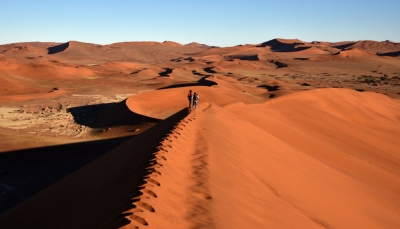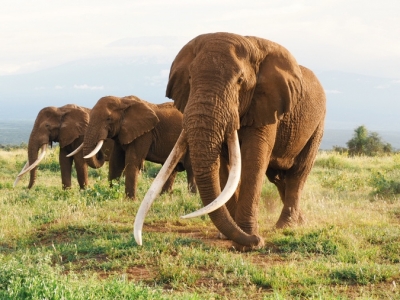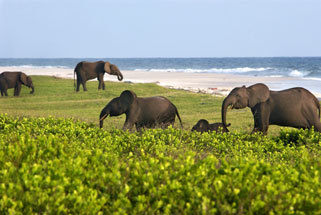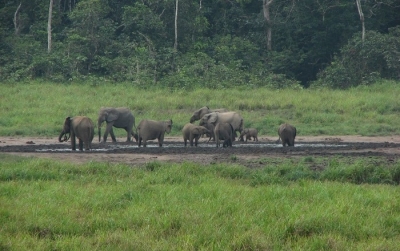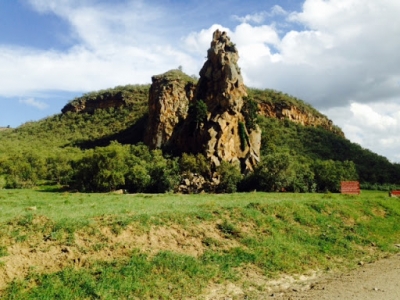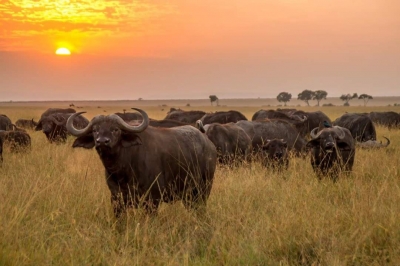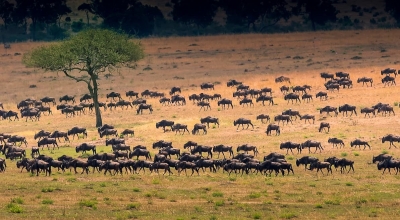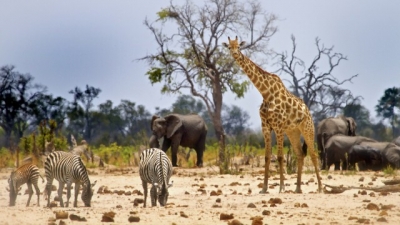
Hwange National Park is famous not only as the biggest national park in Zimbabwe. All of Zimbabwe’s specially protected animals can be found in Hwange. Also, it is the only place where gemsbok and brown hyena occur in reasonable numbers. It is also famous for the National Leopard Project, a survey that aims to find out the number of leopards and their hunting areas.
Hwange is home to over 100 mammal and 400 bird species. The number of animals in the Park is also relaed to the number of water holes. The herbivores of the Park constantly move and reside in various parts of the Park based on the availability of water. Even the number of major carnivores like lions are related to the availability of pans and waterholes.
The population of elephants has been increasing significantly in Hwange for the past ten years. This has put a strain on the resources of the Park.
Picture Credit : Google


